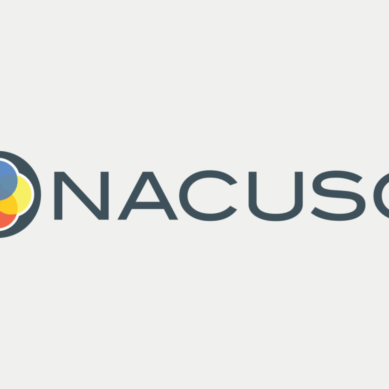In this series, we’ve discussed your first two priorities as a credit union service organization (CUSO) and how your biggest priority, fixing what is broken, builds trust and enables you to deliver value. We’ve talked about how delivering that value, your second priority, keeps the business running. When we’re on solid, reliable ground and we have built room for our resources to do new things, it’s time to execute on our third and final priority: Make it better, faster, cheaper.
We learn to crawl. We eventually get up and walk, and can do it well after much practice. Now, it’s time to stretch our legs, jump up in the air, and learn to fly. When you reach your third priority, you are done reacting to things. You are no longer struggling with the day-to-day execution of things you’ve done hundreds of times. You are ready to innovate! This can only happen sustainably when your first two priorities are in check.
This isn’t optional
Markets are shifting, and expectations are always rising. Your competitors today are anticipating the new players in the industry who are starting up right now. They aren’t burdened by your issues and workload. If you aren’t on point with your priorities, you won’t even notice when they swoop in and serve your hard-earned lunch to your own customers.
Technologies change at a rapid pace. The members of your credit union are always seeing the latest and greatest things and are looking to you to make those things happen for them. If you aren’t improving, automating, or reimagining what value you send down the pipeline, you are already behind.
Priority three is about more than perfecting what you do and how you do it. It’s about rethinking how your CUSO and your products work, how your teams deliver, and how your offerings scale. It’s a commitment to evolve, not just a mandate to keep up.
Credit unions won’t ask for innovation
You won’t always hear someone say, “We want something new” or “Can you get us this new thing we heard about?” What you’ll hear is:
- “Can this be faster? It’s not working like we hoped.”
- “Why do I have to do this twice? Can you make this easier?”
- “This seems like a manual process. Can you make this less work for us?”
- “Why doesn’t it work like this other thing?”
- “Our competitors have this thing. Can you help us understand that?”
- “Do you have something like this, or should we look somewhere else?”
These are your opportunities to take advantage of their trust in you to make things better, faster, and cheaper without sacrificing the quality and delivery of your services. You can’t respond to these requests for help unless you’ve cleared the road with the first two priorities. Things need to work, and you have to have the resources to invest in the future. Otherwise, your credit unions will go elsewhere.
Better means everything, not just your products
When we talk about “better, faster, cheaper,” we’re not just talking about applications and features. We’re talking about how we build things. That includes:
- How do you collaboratively build new solutions with your credit unions as partners?
- How do you align releases and rollouts with the needs and timelines of your customers?
- How do you ensure that your new offerings are high-quality and easy to deliver?
- How do you know which things to work on are the right things to work on?
- What shouldn’t you be working on?
- Are your people, tools, infrastructure, and budgets in line with your business directives?
If you improve your internal processes, everything downstream improves, too. The better you get at delivering friction-free, high-quality services, the easier it is to build new friction-free, high-quality services. This is growth and this is winning!
Building your CUSO with priority three: better, faster, cheaper
Here’s how you can build these priorities into your CUSO:
- Work your three top priorities into your business plan. Make sure that the values of your business support your three priorities and that your business plan supports them directly.
- Build an Innovation Roadmap. Have big picture plans for new things you can build to add value for your customers. Make sure your roadmap includes improvements to your ability to quickly fix things that are broken and to continuously make your services easier to deliver.
- Avoid Feature Fatigue. Even when you can move fast, you can only go as fast as your customers. If they can’t realize the value of your new services because they are busy and on different timelines and priorities, they won’t use your services. Sometimes they go faster than you, and stress your ability to keep up with fixes and delivery. Manage your features and releases on schedules that make the most use of everyone’s time and resources.
- Talk about your ideas and your needs often and directly with all your stakeholders. Genuinely listen to the people who trust you. Let them guide you to the best ways to help them be the best they can be. Find the alignment between your needs and theirs and find ways to use that to build things together. Grow together.
Improvement isn’t a luxury. It is an investment in the growth of your business. It will keep you in a trusted space and position of value with your customers and make sure that you remain competitive in the market.
Tying it all together
All three priorities work together to create the engine of your CUSO:
- You can’t remain valuable and relevant (Priority 3) without delivering value (Priority 2)
- You can’t sustain resources to deliver services (Priority 2) if things don’t work (Priority 1)
- You can’t fix things (Priority 1) if you can’t make improvements and innovate (Priority 3)
Together, these priorities form a cycle of strong, readily available, valuable services that can only build momentum. Each priority reinforces the next. If you lose track of your priorities, you lose that drive, and if you get too far off, everything will grind to a halt. Make your priorities clear so you can not only survive but can thrive.























































